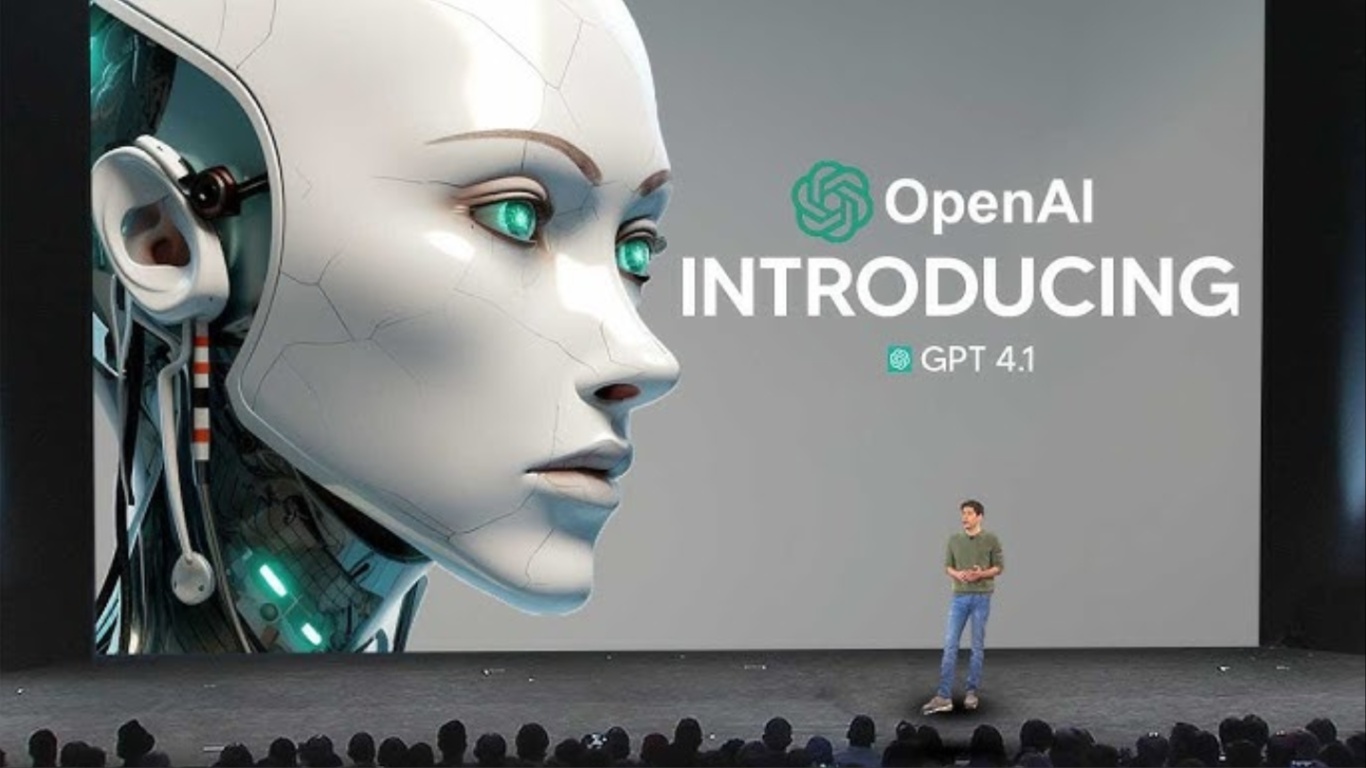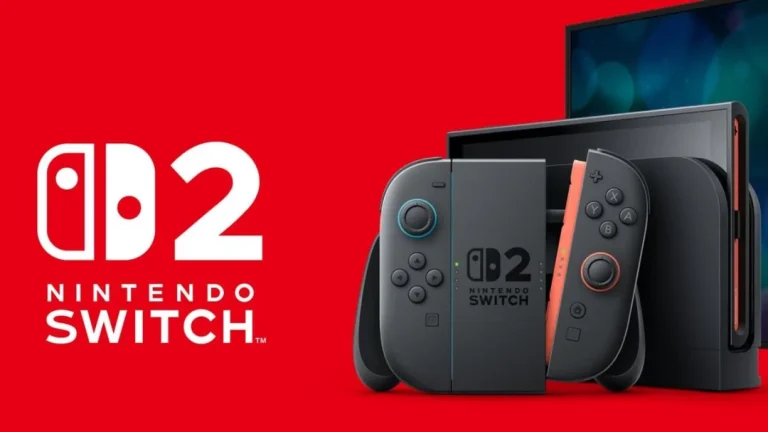
In a major leap forward for artificial intelligence, OpenAI launches GPT 4.1, its most advanced generative AI model to date. The announcement came during a live broadcast on Monday. GPT 4.1 builds on GPT 4o with powerful upgrades in context handling, pricing, and performance, especially for developers, startups, and enterprises.
A Million Tokens of Context
One of the most significant updates is GPT 4.1’s massive 1 million token context window. That’s a huge jump from GPT 4o’s 128,000 token limit. Now, users can input large documents, books, images, or even videos without losing coherence. This makes it perfect for complex tasks requiring extensive input and precision.
Smarter, Faster, More Accurate
GPT 4.1 isn’t just bigger, it’s smarter. The model now filters out irrelevant data more efficiently and delivers more focused responses. Whether it’s coding, data analysis, or following complex instructions, GPT 4.1 adapts with improved accuracy and reduced latency.
Budget-Friendly Options for Developers
To increase accessibility, OpenAI launches GPT 4.1 with a pricing model that is 26% cheaper than GPT 4o. OpenAI also introduced two lightweight models for more cost-effective usage:
GPT 4.1 Mini – A compact version offering core capabilities, ideal for smaller apps.
GPT 4.1 Nano – The smallest and fastest option, designed for speed and affordability.
This move aims to compete with models like DeepSeek, which recently raised the bar for AI efficiency.
GPT 4.0 Deprecation and GPT 5.0 Delay
OpenAI confirmed that GPT 4o will be phased out by April 30, 2025, while the GPT 4.5 preview API will be deprecated by July 14, 2025. GPT 4.1 will fully take over with enhanced speed and lower latency.
Meanwhile, the release of GPT 5.0 has been delayed beyond its expected May 2025 launch. CEO Sam Altman cited integration challenges but hinted that next-gen reasoning models like o3 and o4 Mini are coming soon.
Summary
By pushing the boundaries of context length, cost-efficiency, and model intelligence, OpenAI’s launch of GPT 4.1 shows it’s still leading the generative AI race. As other players enter the field, this latest release makes one thing clear: OpenAI isn’t slowing down
Other topics that might interests you





